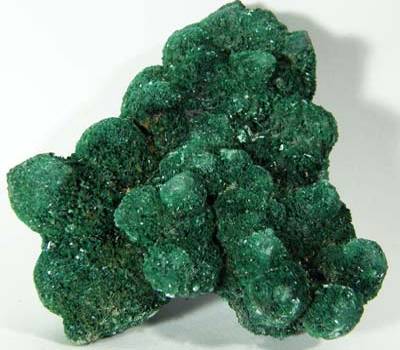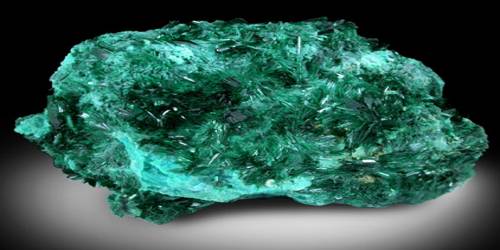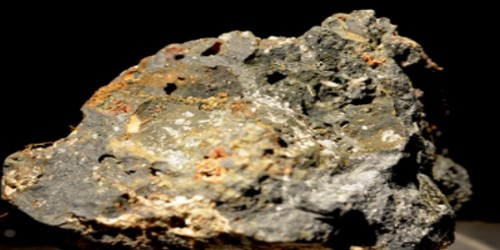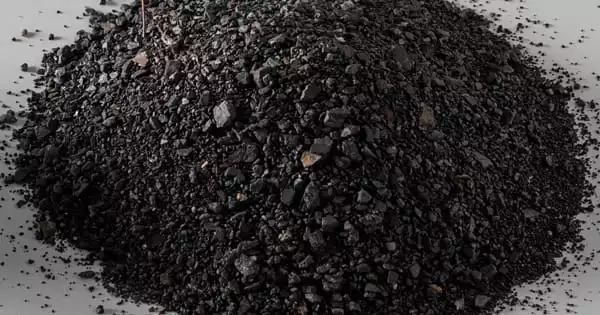Atacamite is a copper halide mineral: a copper(II) chloride hydroxide with formula Cu2Cl(OH)3. It is an unusual and attractive halide mineral. It is polymorphous with two other minerals; paratacamite and botallackite. It was first described for deposits in the Atacama Desert of Chile in 1801 by D. de Fallizen. The Atacama Desert is also the namesake of the mineral.
General Information
- Category: Halide mineral
- Formula: Cu2Cl(OH)3
- Crystal system: Orthorhombic
- Crystal class: Dipyramidal (mmm)
Atacamite crystals are formed in arid regions where the mineral deposits of copper go through oxidization. Actually, this is a secondary mineral that forms due to the oxidization of other copper minerals.

Properties
It forms in arid climates where copper minerals are exposed to oxidation. The Atacama Desert, from where atacamite gets its name, is one of the driest places in the world. Atacamite has a deep green color and is often associated with many other rare and colorful minerals such as chrysocolla, brochantite, pseudomalachite, connellite, linarite, caledonite, libethenite, cornetite, cuprite and malachite.
- Color: Bright green, dark emerald-green to blackish green
- Crystal habit: Slender prismatic crystals, fibrous, granular to compact, massive
- Cleavage: Perfect on {010}, fair on {101}
- Fracture: Conchoidal
- Tenacity: Brittle
- Mohs scale hardness: 3 – 3.5
- Luster: Adamantine to vitreous
- Streak: Apple green
- Diaphaneity: Transparent to translucent
- Specific gravity: 3.745 – 3.776
Occurrence
Atacamite is polymorphous with botallackite, clinoatacamite, and paratacamite. Atacamite is a comparatively rare mineral, formed from primary copper minerals in the oxidation or weathering zone of arid climates. It has also been reported as a volcanic sublimate from fumarole deposits, as sulfide alteration products in black smokers. The mineral has also been found naturally on oxidized copper deposits in Chile, China, Russia, Czech Republic, Arizona, and Australia. It occurs in association with cuprite, brochantite, linarite, caledonite, malachite, chrysocolla and its polymorphs.
Information Source:
















